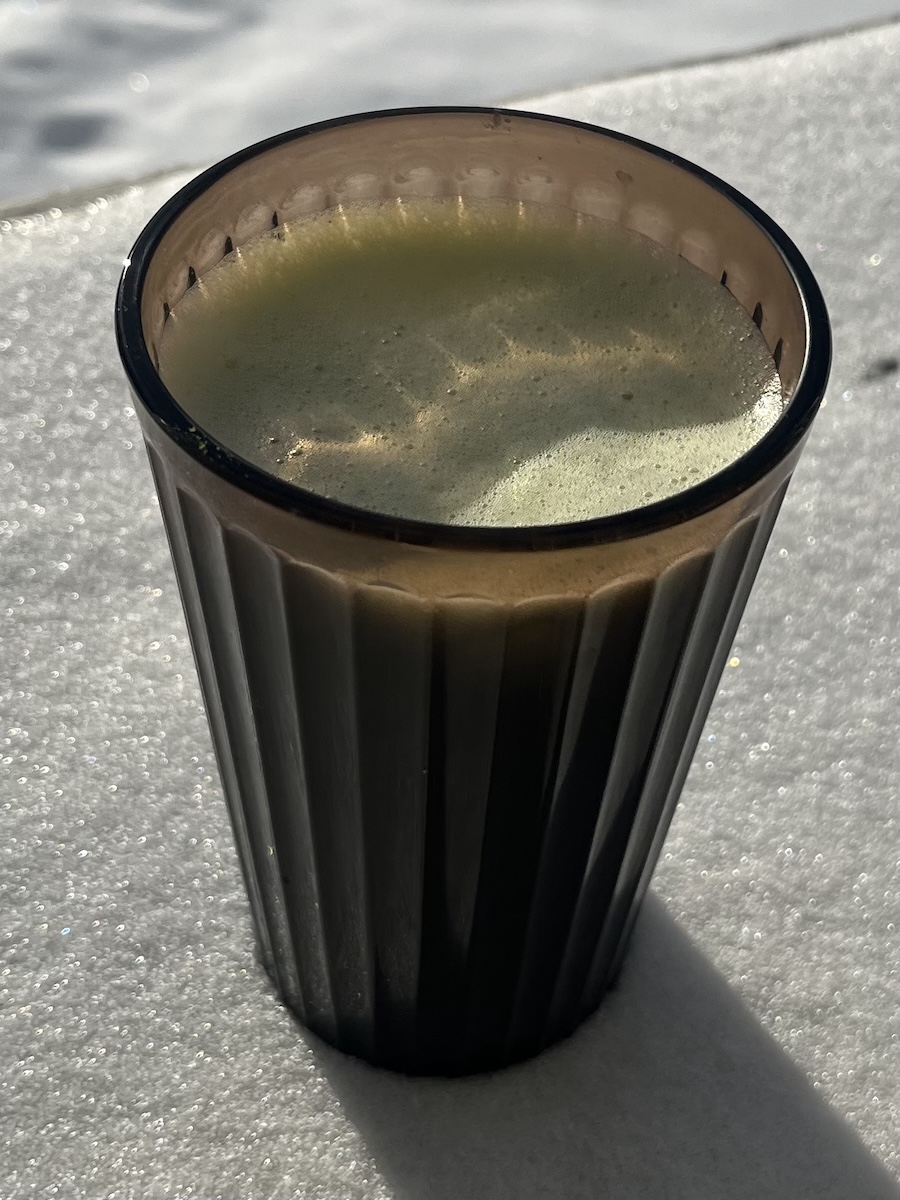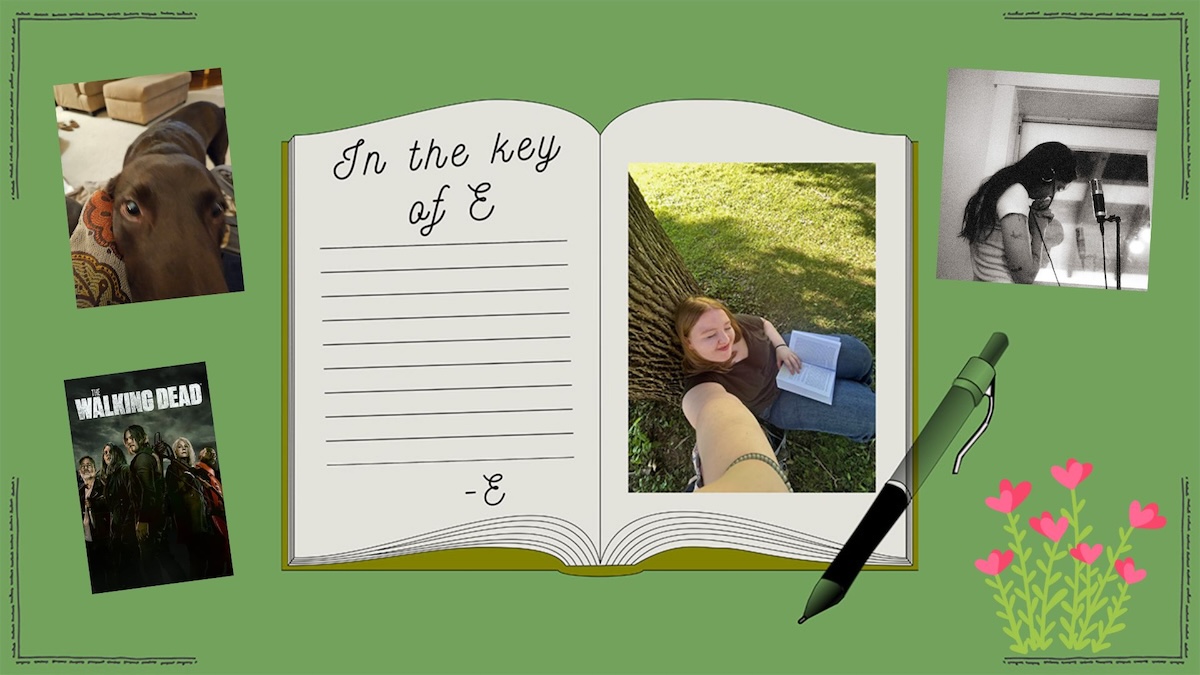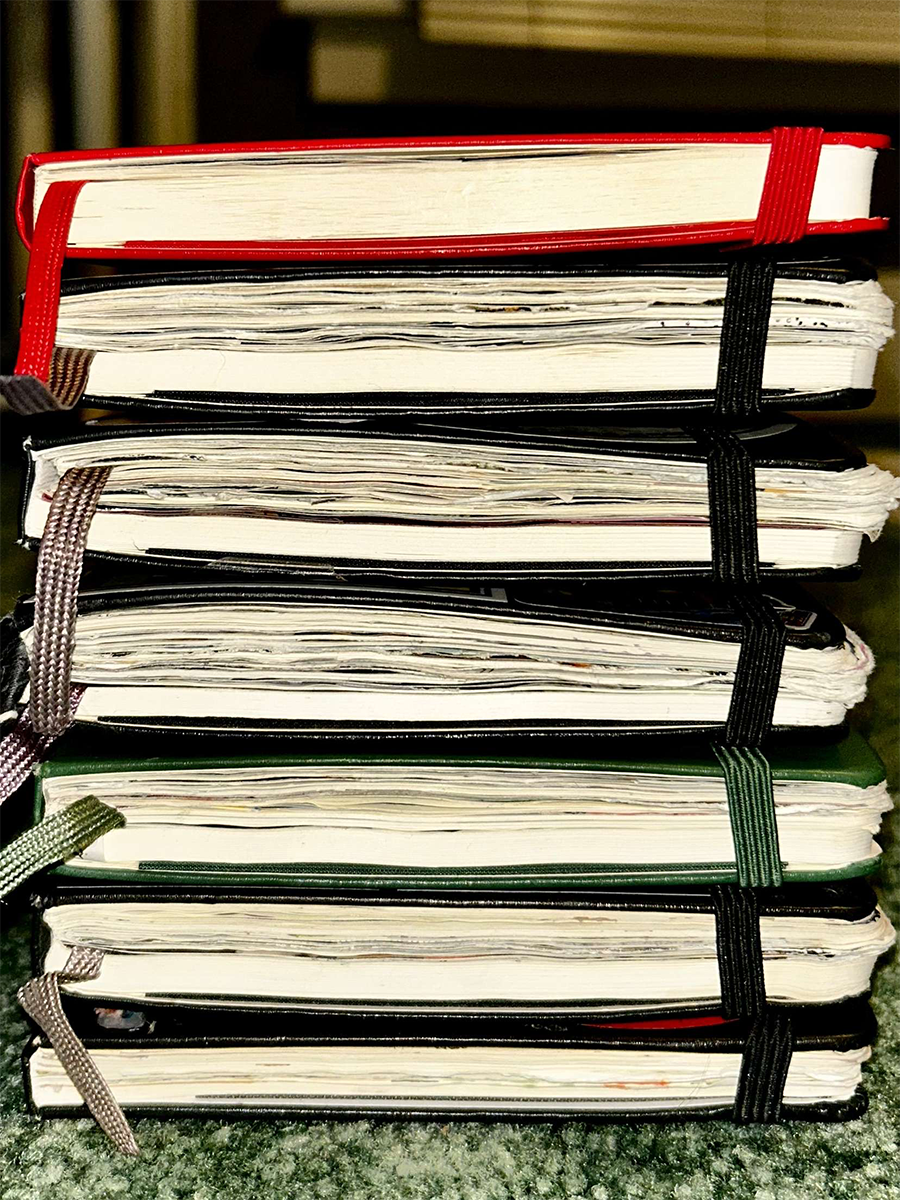Have you found yourself intrigued by the recent matcha frenzy? Are you looking to swap out your morning coffee for something that will leave you feeling a bit more calm? Do you want to learn how to make your matcha lattes and drinks taste better?
Whether you answered yes to one or all of these questions, you’re in the right place. With my guide to matcha, I hope to inspire you to love matcha as much as I do.
First, let’s get into what exactly matcha is and explore some of its benefits.
According to Japanbite, matcha is specially grown Japanese green tea leaves that are dried and ground into a very fine, vibrant green powder.
Matcha dates back to the Tang Dynasty in China and was brought to Japan by Buddhist Monks in the 12th century, as stated by Japanbite.
Japanbite called matcha the “cornerstone of the traditional Japanese tea ceremony.” The Japanese tea ceremony involves a spiritual and philosophical experience and is delicately prepared for. Careful attention to detail warrants connection and intentional presence during these ceremonies.
Despite its historical prominence, the recent Western appreciation of matcha has largely stemmed from people valuing its health benefits.
Love and Lemons said the antioxidants present in matcha may lower blood pressure, reduce the risk of heart disease and boost metabolism. Additionally, matcha contains just enough caffeine to promote a calm state of energy without the rush and crash that coffee brings.
What sets matcha apart from regular green tea is the fact that consuming matcha powder involves consuming the entire tea leaf, versus steeping tea leaves and drinking the resulting tea.
So, choosing matcha over green tea results in a more potent green tea flavor and a higher concentration of its beneficial nutrients.
Next, let’s discuss how you should select a matcha powder. Ideally, try to reach for ceremonial-grade matcha when making matcha lattes or other matcha drinks.
Ceremonial-grade matcha is the highest quality you can get, as it’s made specifically for the ceremony of preparing matcha. This grade is a bit pricier, but the difference is especially apparent in drinks where matcha is the star.
If your matcha lattes have been turning out bitter, using culinary-grade matcha may be the culprit.
I currently use the Rishi ceremonial matcha, which you can purchase at Menomonie Market Food Co-op in downtown Eau Claire. I love this matcha powder for its light flavor and reasonable cost and appreciate that I don’t have to order it online.
If you’re making matcha baked goods, opt for culinary-grade powder, as the flavor will still shine through, and you may use a higher volume of matcha powder in recipes that’ll be more affordable to use.
Once you’ve acquired your matcha, the materials are the next step. A Chawan, or wide-mouthed bowl, is optimal to whisk up your matcha. I use a small bowl I bought from Caradori Pottery, but any bowl will work.
You can use a Chasuku, a bamboo scoop, to transfer matcha into your Chawan or bowl, or any small spoon works just fine. When it comes to whisking matcha with water, a Chasen, or bamboo whisk, makes all the difference.
I recently received a Chasen and Chasuku for Christmas, and truly feel the Chasen makes a difference in the frothiness of my matcha lattes. It also makes the process of preparing a matcha latte a lot more enjoyable, and ensures my matcha drinks are free of clumps.
Of course, using a small whisk or handheld frother in place of a Chasen also works perfectly. If you find yourself frequently making matcha drinks, I would recommend investing in a Chawan, Chasen and Chasuku, but these items are not an absolute requirement.
If you’re feeling inspired to make yourself a matcha latte, check out this wonderful recipe by Namiko Hirasawa Chen from Just One Cookbook. I also love this recipe for matcha cookies from The Heirloom Pantry.
O’Brien can be reached at obrienml0364@uwec.edu.








